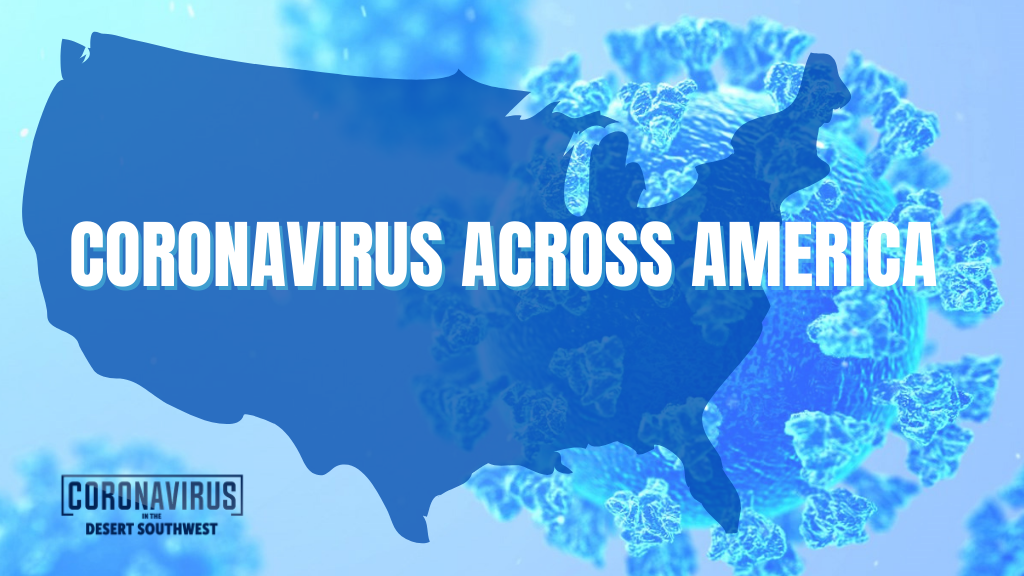Nearly a third of US adults are undecided about the Covid-19 vaccine. They say friends and family could sway them

Though officials and health experts say the end of the Covid-19 pandemic will rely on a large proportion of Americans being inoculated, nearly a third of US adults say they have not decided if they will get the vaccine when it is offered to them.
About 31% of US adults say they plan to “wait and see” how it works out for other people, according to a report released by the Kaiser Family Foundation (KFF) Friday. Many said that a close friend or family member getting vaccinated would be most likely to sway their decision.
Vaccinations have been ramping up across the country as officials race to get most Americans inoculated by the end of summer, aiming for a return to normalcy while trying to get ahead of the coronavirus variants.
To reach herd immunity, about 70-85% of Americans would need to be vaccinated, National Institute for Allergy and Infectious Disease director Dr. Anthony Fauci has estimated.
Though many states have complained that their supply of doses from the federal government does not meet their demand, the pace has quickened in recent weeks.
The US has averaged nearly 1.6 million doses administered per day over the past week, higher than the daily average of about 1.3 million last week, according to a CNN analysis of data published Thursday by the CDC.
And more than 6,500 retail pharmacies around the country opened appointments Friday for the one million doses they have been allocated.
Nearly all US kids live in red zones
Meanwhile, about 99% of children in the US live in a county with such high levels of transmission they are considered a “red” zone under new CDC school-opening guidance, according to a CNN analysis of federal data.
The CDC released guidelines, which include “five key mitigation strategies,” for returning to in-person school safely.
The five strategies are, according to the CDC, the universal and correct wearing of masks, physical distancing, washing of hands, cleaning facilities and improving ventilation as well as conducting contact tracing, isolation, and quarantining.
But for schools in the red zones, the CDC recommends virtual learning for middle and high schools and hybrid learning or reduced attendance for elementary schools. The school districts should reassess weekly, the CDC said.
Fewer than 100,000 children in the US live in a county considered “low” or “moderate transmission” where the CDC recommends K-12 schools open for full in-person instruction. Most of those are in Hawaii or Washington.
After nearly a year of remote learning, officials have been eager to reopen public school campuses — including President Joe Biden who pledged to reopen most US K-12 schools within his first 100 days in office.
But some teachers’ unions have pushed back, in some cases with lawsuits and threats of strike, over concerns that it is not safe to reopen while many teachers remain unvaccinated.
People with underlying health conditions eligible for vaccines in 11 states
In most states, priority for coronavirus vaccination has gone to healthcare workers and older adults. But some have begun opening eligibility to people vulnerable to the virus because of their underlying health conditions.
The approach, according to a CNN analysis, has not been uniform nationwide.
In some states, people with underlying health conditions are not eligible to receive the vaccine yet — and in states where they are eligible, there are variations in what conditions make someone eligible to be vaccinated, and whether paperwork is required to confirm that condition.
People with certain comorbidities and underlying conditions currently are eligible to sign up for Covid-19 vaccinations in 11 states: New Hampshire, New Jersey, Pennsylvania, Texas, New Mexico, Virginia, Mississippi, Ohio, Missouri, Nebraska, and Montana, according to a CNN analysis of public health department websites.
Some of those states have started vaccinating this group while others are only doing pre-registration. Within a state, it might vary county by county.
California announced Friday that millions of residents “at high risk with developmental and other disabilities” and those with “serious underlying health conditions” will become eligible next month.
The plan, outlined by state health officials in a briefing Friday, will begin March 15 and will allow cancer patients, pregnant women, and other disabled individuals to join health care workers, seniors, teachers, and farm workers in line for a vaccine.
The expansion could add as many as 6 million Californians to the priority list. It also broadens the ages from 65 and over to ages 16 to 64 in those categories.
But California Health and Human Service Agency Secretary Dr. Mark Ghaly cautioned that the expansion is dependent on the state resolving its shortfall of vaccines.